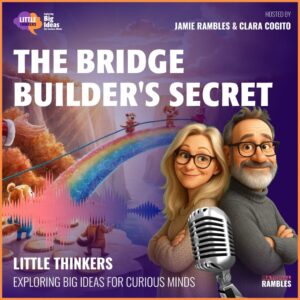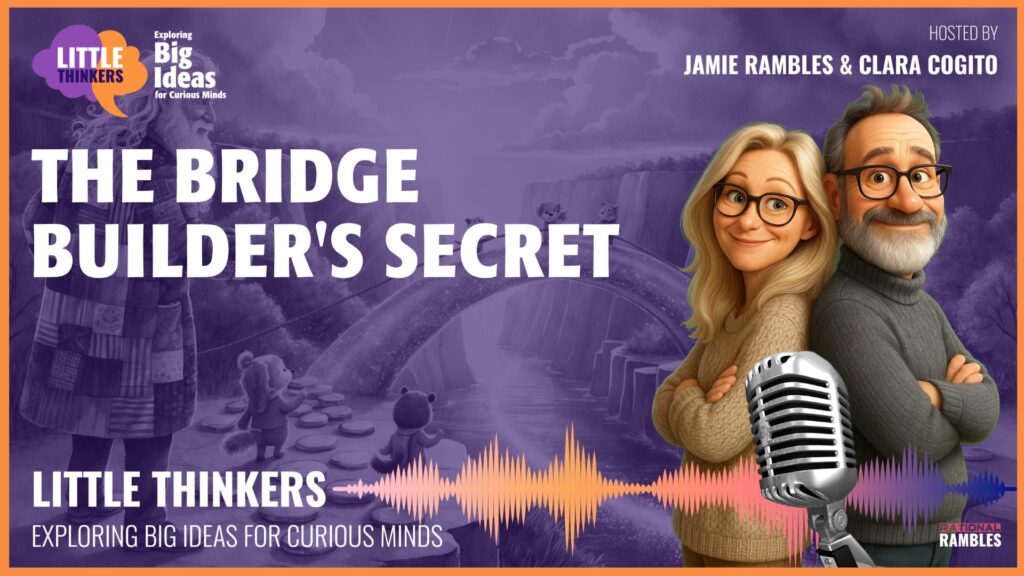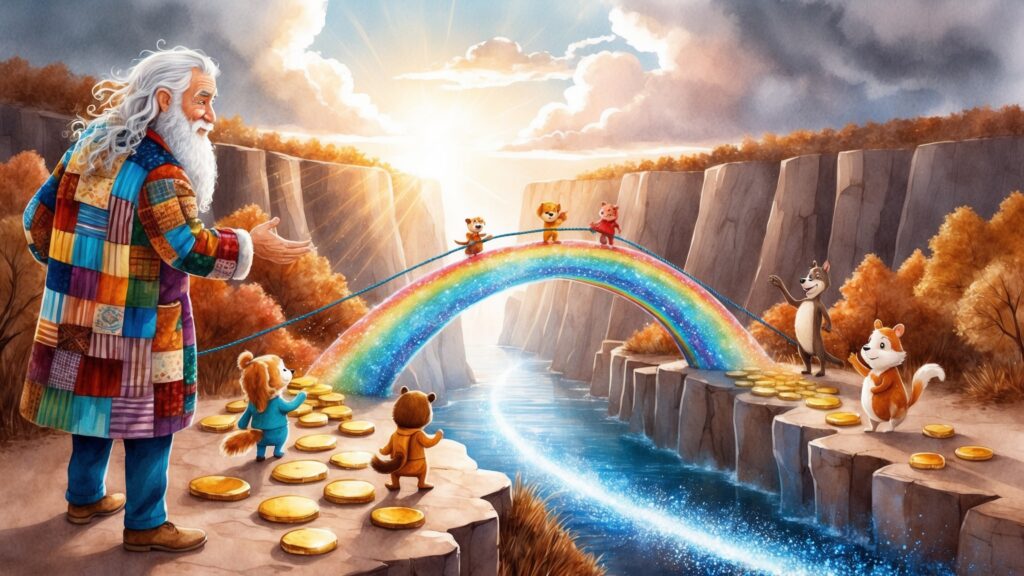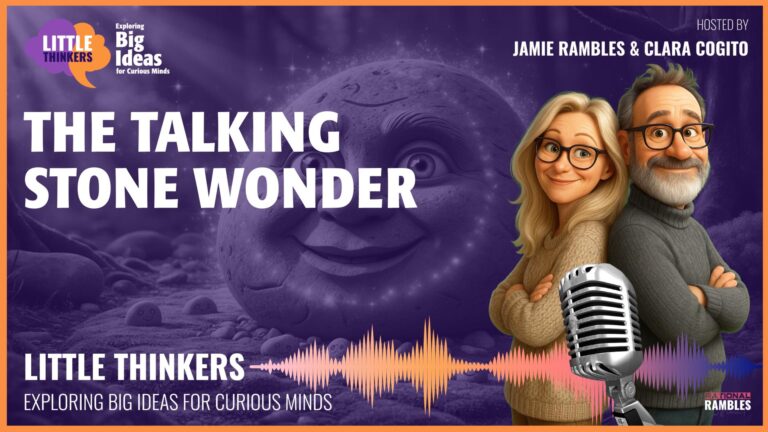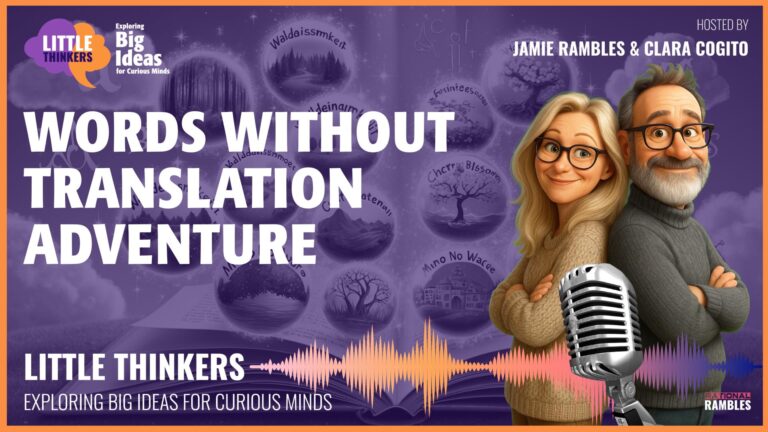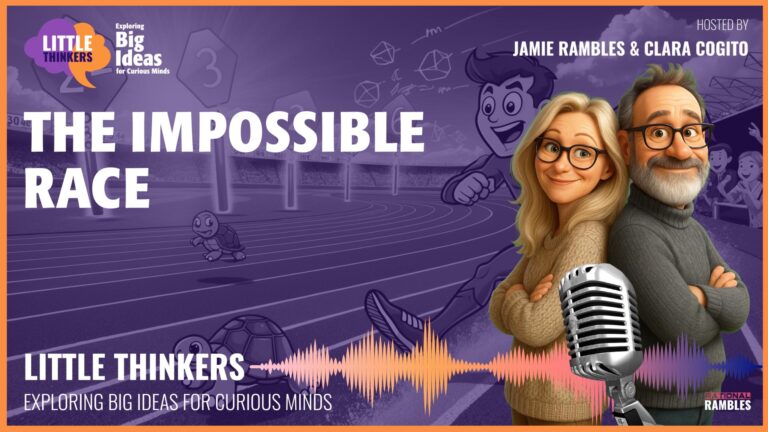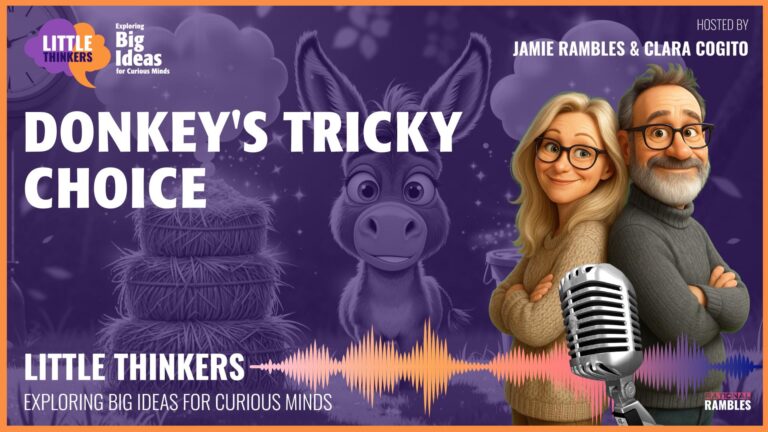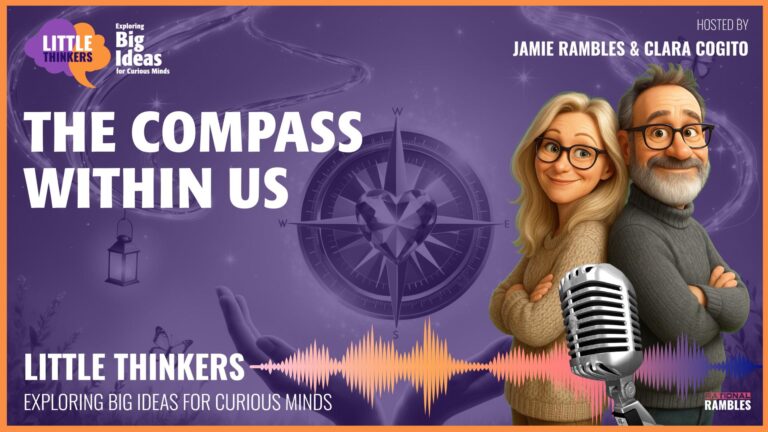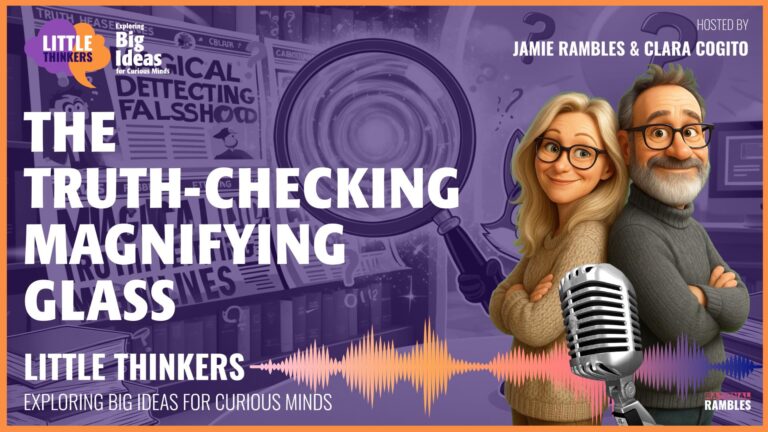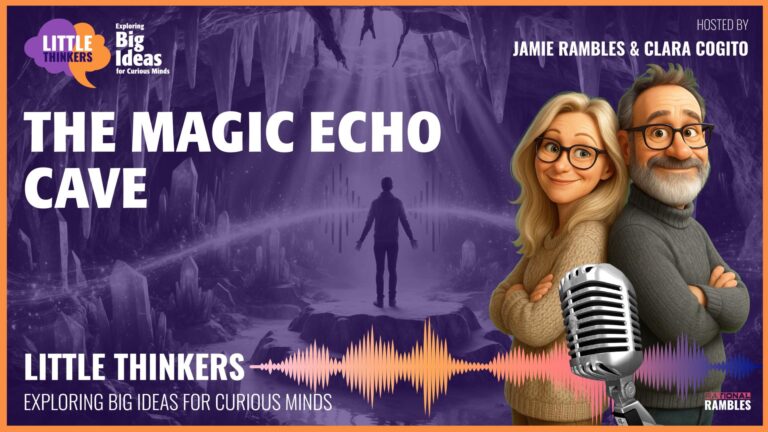The Friendship Bridge Builder’s Guide: Connecting Hearts When We Disagree
Have You Ever Felt a Canyon Between You and a Friend?
Hey there, bridge builders! Have you ever had an argument with a friend that made you feel like there was a HUGE canyon between you? Maybe your best buddy took your favorite toy without asking, or your sister said something that hurt your feelings. Suddenly, it feels like you’re standing on one cliff, they’re way over on another, and you don’t know how to get back together!
That space between people who are upset with each other might be invisible, but it can feel very real. The good news is that you have a secret superpower – you can build bridges across these canyons! Not with wood and nails, but with something much more magical.
The Magic Materials for Building Friendship Bridges
Imagine there’s a wise old bridge builder who travels around the world teaching children how to build special bridges that connect hearts when people disagree. These bridges aren’t made of regular materials like bricks and cement. They’re built with three special ingredients:
1. The Stones of Apology
The first important building blocks are Apology Stones. These are the magic words “I’m sorry” that are strong enough to hold the weight of hurt feelings. When you place an apology stone, you’re taking the first step toward rebuilding connection.
But here’s something funny about apology stones – they can feel SUPER heavy to pick up! Have you ever noticed how hard it can be to say “I’m sorry” sometimes? That’s because when we pick up an apology stone, we have to put down something else first – our need to be right all the time!
2. The Ropes of Listening
The second magical material is Listening Ropes. These are strong ropes made by really paying attention when someone tells you how they feel. When you listen with your ears, your eyes, and your heart all at the same time, it’s like throwing a rope across the canyon so the other person can hold on and feel connected to you.
Did you know that when someone really listens to you, your brain releases special chemicals that make you feel good? Scientists call one of these chemicals oxytocin – the friendship molecule! It’s like tiny drops of glue that help our hearts stick together. That’s why being truly heard feels so good!
3. The Wooden Planks of Compromise
The third material might be the trickiest – Compromise Planks! These are super special because they’re flexible. Sometimes when we disagree, we both need to bend a little bit to meet in the middle.
For example, if two kids both want to play with the same ball, they could compromise by taking turns – five minutes for one child, then five minutes for the other. That’s placing down a compromise plank right in the middle of their bridge!
The Most Magical Secret: It Takes Two Bridge Builders!
Now here’s the most amazing part of what our wise bridge builder teaches – the strongest bridges are built from BOTH SIDES at the same time! This means both people need to work on fixing the friendship.
If I say sorry, and my friend listens, and then they say sorry too, and I listen… we’re both building toward each other! It’s like a friendship dance where both people take steps toward each other.
Imagine if you tried to build a bridge from only one side of a river – it would be super hard to reach all the way across! The same is true for friendship bridges. They work best when everyone helps build them.
Why Is It So Hard to Be the First Bridge Builder?
Sometimes it’s really, REALLY hard to be the first person to start building. Do you know why?
Our brains have this funny part called the amygdala (say: uh-MIG-duh-luh) – let’s call it the “alarm bell” of the brain. When we’re hurt or angry, this alarm bell goes DING-DING-DING and makes us want to protect ourselves by hiding or staying away from the other person.
Another reason is that sometimes we feel like the other person should build first because THEY started the argument. It’s like saying, “I’m not taking the first step because YOU created this canyon!”
But the wise bridge builder has a saying: “The bravest builder takes the first step, not because they have to, but because they choose to.” That means sometimes we build first just because we want the friendship back!
Real-Life Bridge Building: When Your Little Brother Breaks Your Toy
Let’s imagine a real situation where you might need these bridge-building skills. What if your little brother broke your favorite toy?
You might feel really angry, like steam coming out of your ears! The canyon between you and your brother would be filled with fiery lava of mad feelings!
How would you start building a bridge across that hot lava canyon?
Step 1: Cool Down Your Feelings
First, you’d need to cool down those hot feelings. Try taking deep dragon breaths – breathing in through your nose for four counts, then breathing out slowly through your mouth like a sleeping dragon. WHOOOOSH!
Step 2: Throw a Listening Rope
Once you’re calmer, you could use one of the listening ropes by saying, “I’m really upset my toy broke. Can you tell me what happened?” instead of just yelling “YOU BROKE MY TOY!”
Step 3: Look for Apology Stones and Compromise Planks
This gives your brother a chance to explain and maybe place an apology stone by saying sorry. Then together you might find a compromise plank – maybe he could help fix the toy, or save up to replace it, or let you play with something of his!
Nature’s Amazing Bridge Builders
Did you know there are amazing bridges in nature that can teach us about friendship bridges?
In India, there are special bridges called “living root bridges.” People guide the roots of trees across rivers, and over many years, those roots grow stronger and stronger until they make bridges that can hold 50 people at once!
These living bridges are just like friendship bridges! The more you practice building them, the stronger your connections become. Each time you use an apology stone or a listening rope, your friendship-building muscles get stronger!
Practice Makes Perfect: Building Small Bridges Every Day
The bridge builder says we should practice building small bridges all the time – like when someone accidentally bumps into you, or takes the crayon you were reaching for.
These are perfect practice bridges! Small disagreements are like little streams we can easily step across. Then when big canyons come along – like really big arguments – we already know how to build bridges!
Can you think of a small bridge you could build today? Maybe saying sorry to someone, or really listening to why they’re upset, or finding a way to compromise?
The Bridge Builder’s Pledge
Here’s a special pledge you can say to remind yourself how to be an amazing bridge builder:
“I promise to be a brave bridge builder, placing stones of sorry, throwing ropes of listening, and creating planks of compromise! I know that strong bridges need builders on both sides, but I’m brave enough to take the first step!”
Golden Repair: When Bridges Make Friendships Stronger
Did you know that in Japan, there’s a special art called Kintsugi (say: kin-SOO-gee)? When a special bowl or plate breaks, they fix it with gold! The cracks become beautiful golden lines, and the bowl becomes even more special than before!
This teaches us something amazing about friendship bridges too. Sometimes after we repair a friendship, it becomes even stronger and more beautiful than it was before the argument!
The cracks and the ways we fix them become part of our friendship story! That means arguments aren’t all bad – they’re chances to build amazing golden bridges!
Your Brain Gets Stronger with Every Bridge You Build
Here’s another cool fact: our brains actually learn and grow from solving problems. So each bridge you build is literally making your brain stronger and more connected!
Scientists have discovered that children who learn to build these friendship bridges when they’re young become better at solving problems their whole lives! It’s like a superpower you can develop!
Your Bridge-Building Homework
Before you go, here’s a little bridge-building homework: Look for one small chance to build a bridge today. Maybe someone will do something that upsets you just a tiny bit – that’s your chance to practice!
Remember, every time you build a bridge, your heart and brain get a little stronger and a little wiser. You’re developing a superpower that will help you your whole life long!
What Kind of Bridge Will You Build Today?
So, amazing bridge builder, what kind of connection will you create today? Will you place down an apology stone? Throw a listening rope? Or create a flexible compromise plank?
The world needs more brave bridge builders like you! Keep connecting hearts, one magical bridge at a time!
